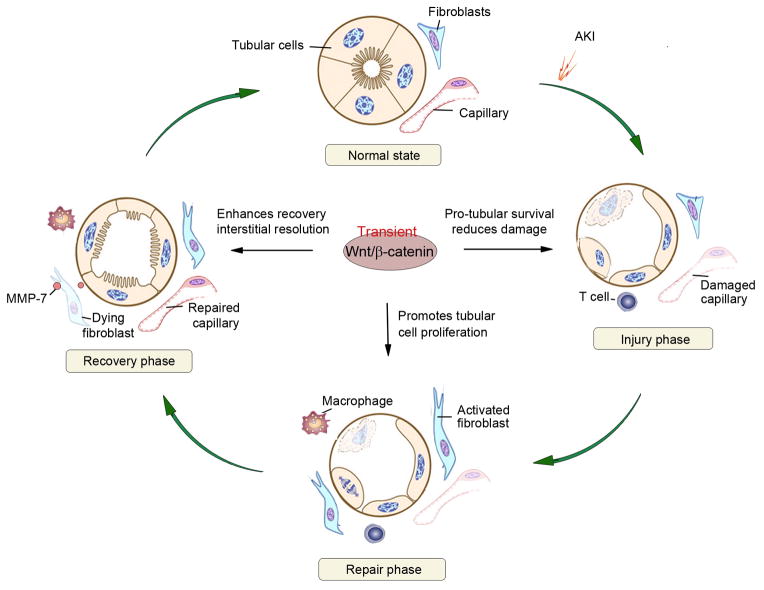Figure 2. Wnt/β-catenin signaling facilitates adaptive repair after AKI.
Following ischemic or toxic insults, kidneys possess an intrinsic ability to recover by undergoing adaptive repair and regeneration. (A) Injury phase. Shortly after AKI, tubular damage includes loss of brush border and apical-basal polarity, cell detachment, apoptosis and necrosis. Injury to capillary and infiltration of inflammatory cells are also evident. (B) Regeneration phase. Following the initial damage, peritubular fibroblasts are activated, and tubular cells undergo proliferation to repair and regeneration. (C) Recovery phase. Tubular cells re-differentiate, while interstitial fibroblasts and inflammatory cells are resolved and capillary integrity restored. Wnt/β-catenin signaling promotes adaptive repair after AKI by promoting tubular cells survival and mitigating damage in the injury phase, by stimulating tubular cell proliferation in the regeneration phase, and by facilitating the resolution of interstitial fibroblasts and restoring capillary integrity in the recovery phase.

